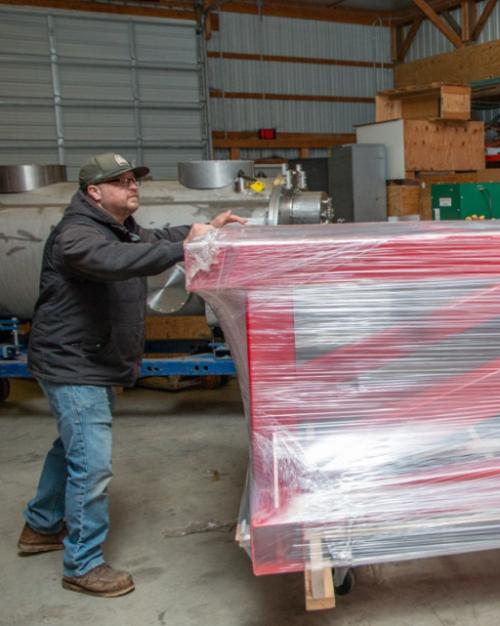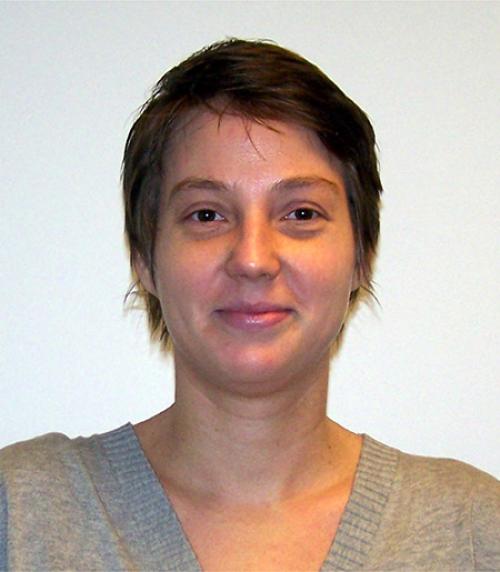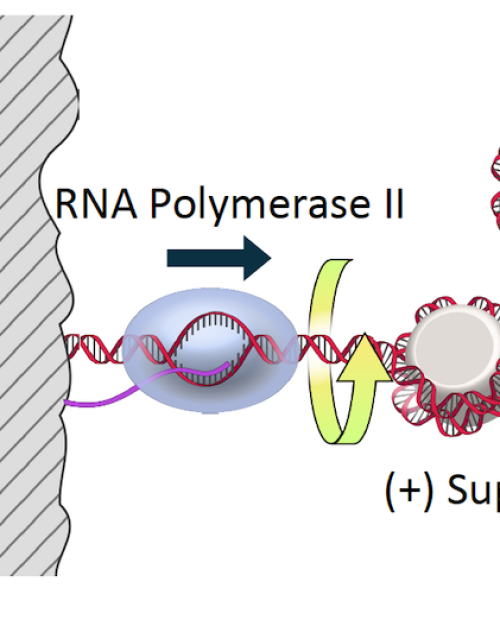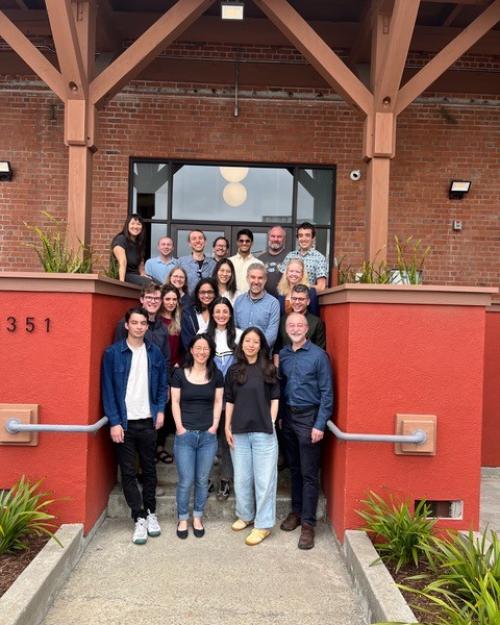A new $5 million initiative, funded by the Astera Institute, aims to make diffuse scattering – a signal in X-ray crystallography that reveals protein dynamics – accessible to the public and the broader scientific community. The Cornell participants include chemists Nozomi Ando and Steve Meisburger. Experimental work will be conducted at the Cornell High Energy Synchrotron Source (CHESS).
The goal of The Diffuse Project is to make data collection possible at any crystallography beamline, using software that anyone can use, and to build infrastructure for sharing models of protein dynamics. The work ultimately aims to accelerate AI-driven modeling of how proteins move, which the researchers said could be a step towards understanding protein functions and how they may be better engineered or manipulated.
The team members hope to involve more of the scientific community in the future of structural biology, “where we not only determine how proteins move experimentally but also move beyond static structure prediction to predicting molecular motions,” said Ando, professor of chemistry and chemical biology in the College of Arts and Sciences.
The Diffuse Project builds on research from the Ando Lab and CHESS mapping protein motion and analyzing protein crystals. For the project the Ando Lab will collect high-quality datasets for the public and create data processing and visualization tools.
“I’m super excited that after ten years of working as an individual lab to understand this complex signal from protein crystals, we now have the support and partnership of the Astera Institute to collaborate with a consortium of scientists,” Ando said. “Together, we can bring this technique to the public and accelerate new discoveries.”
Meisburger will work with CHESS to develop the experimental infrastructure and with Astera Institute software developers to produce the next-generation version of the software he originally developed for the earlier studies.
“We’ve shown that diffuse scattering data contains the information we want, but it comes with unruly data and modeling challenges,” said Meisburger, research associate in chemistry and chemical biology (A&S). “The initiative from Astera is such a unique opportunity because it assembles the right team to tackle these challenges head on. For me, the most exciting aspect is getting to work with and learn from this group, including professional software developers and open science leaders, to create something of lasting public value.”
Other participants in Astera’s Diffuse team include researchers at the University of California, San Francisco; Vanderbilt University; the Lawrence Berkeley National Laboratory; and Los Alamos National Laboratory.
Linda B. Glaser is news and media relations manager for the College of Arts & Sciences.




